10 Drool-Inducing Flat-Panel Displays From CES
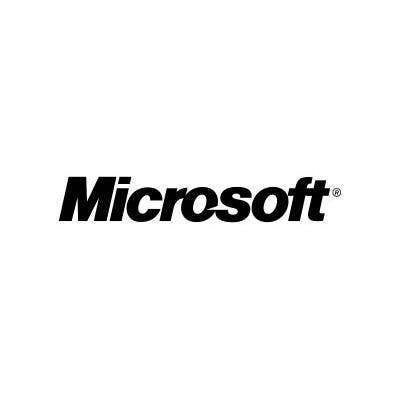
Samsung's profile at CES continues to grow, and this year the company announced its new Luxia line of flat-panel displays, which use LED backlighting and are just 1-inch thick. Samsung's eye-popping 'booth' at CES took up nearly half a football field and was something of a congregation site for awestruck CES attendees.
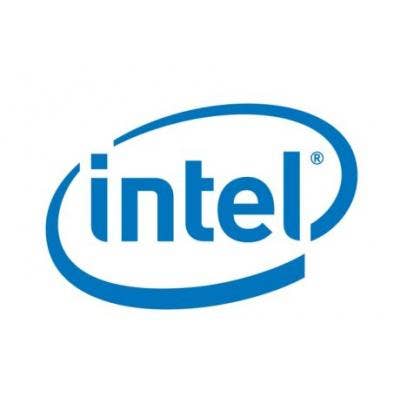
China-based display vendor Hisense showed off its 42-inch LED-backlight television, which the company claims can reduce energy consumption by 30 percent and has a lifespan of 100,000 hours. That means it's capable of running for 10 hours a day for 20 years.
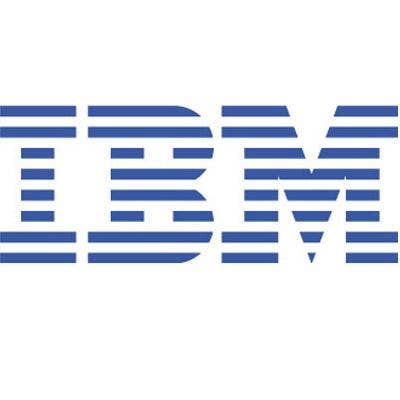
Samsung's 82-inch Ultra high-definition LED Luxia was one of the premier attractions at CES, although it's sure to be devastating to the credit-card balances of an already cash-strapped nation of technophiles. Still, this display would afford one a great view of the crumbling economy as reported by the various 24/7 news channels.

Sharp unveiled its 108-inch LCD display at the 2007 CES show, but it still managed to trigger a traffic jam in and around the company's booth at the event. But display manufacturers didn't emphasize screen size at CES 2009 as much as thin display design, which has become the main selling point for these majestic objects of couch-potato fantasy.
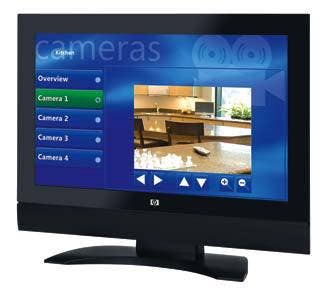
Sharp took the wraps off its new line of Aquos LCD televisions, which are slated for launch this spring and range in size from 22inches to 65 inches. Sharp's Aquos BD Series come with a built-in Blu-ray player.

Panasonic unveiled a slew of new additions to its Viera line of flat-panel displays, including the Z1 series, which features a 1-inch-thick panel and wireless HD connectivity, and will arrive in the form of a 54-inch model this summer.
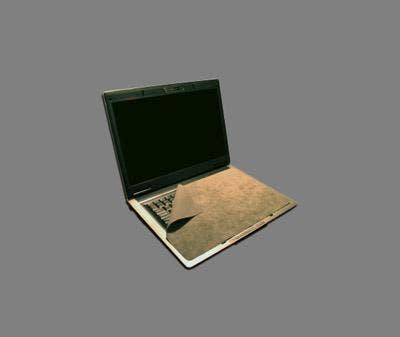
Panasonic also showed off a prototype 54-inch display with a profile of just one-third of an inch, in a sign of what's to come in a product segment whose emphasis has shifted from larger screens to streamlined designs.
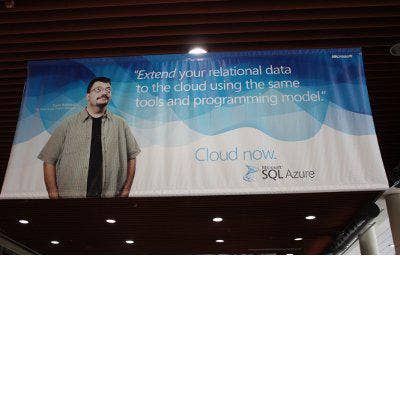
Pioneer at CES concentrated more on Blu-ray than displays, but the company continues to carve out mindshare in the flat-panel television market. Pictured is Pioneer's 60-inch PDP-6020FD Kuro flat-panel television, which delivers some of the best black shades of any display on the market -- for those who can afford to spend in excess of $3,500 for it.
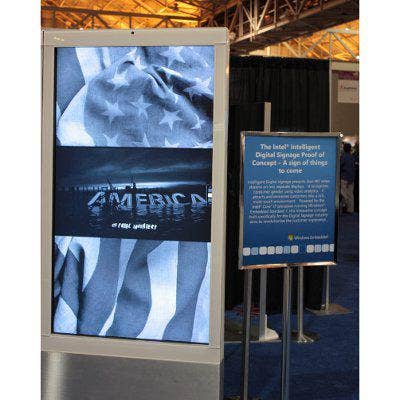
Haier, a Chinese firm which originally gained a name in North America for its refrigerators and other household appliances, at CES was aggressively touting its collection of flat-panel displays. The company, which bills itself as the "Official HDTV Of The NBA", showed off its 42-inch T1 series displays, which feature a profile of just 30 to 40 millimeters; and a line of energy-efficient televisions that purportedly use 35 percent to 37 percent less power than conventional LCD displays.

Hitachi, which last year slashed production of its flat-panel plasma display lines after enduring huge losses, was nonetheless plugging away at CES with the 'Thin is in' message. Hitachi's 'Style Unlimited' booth showed how the company's thin-profile displays can match perfectly within the minimalist interior designs for which Japanese culture is famous.